Project-Based Learning at HTH
These projects are examples of the work that is done at all of the High Tech High Schools. It is our record of what we have done and how to get there. Teachers can utilize this to display what they have done with their students, and get ideas from others teachers. Students can show their parents and friends the work that they have done, and the community can see how project based learning enables students to do and learn. Please enjoy the projects and videos.
Browse Projects
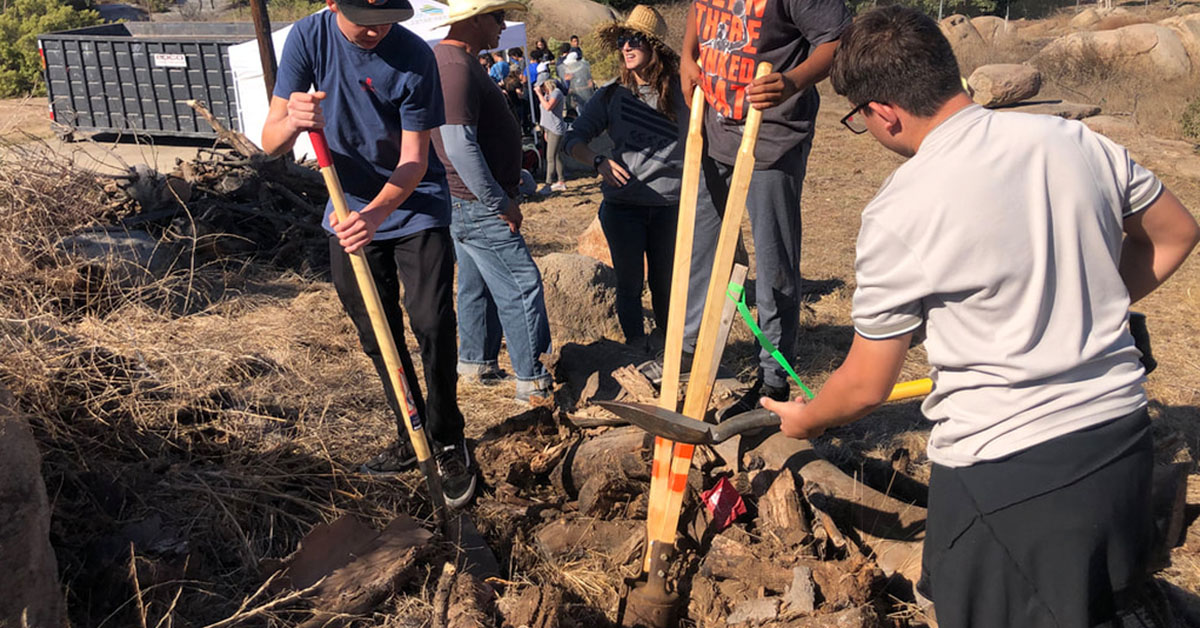
How can we prepare for and manage wildfire in California?
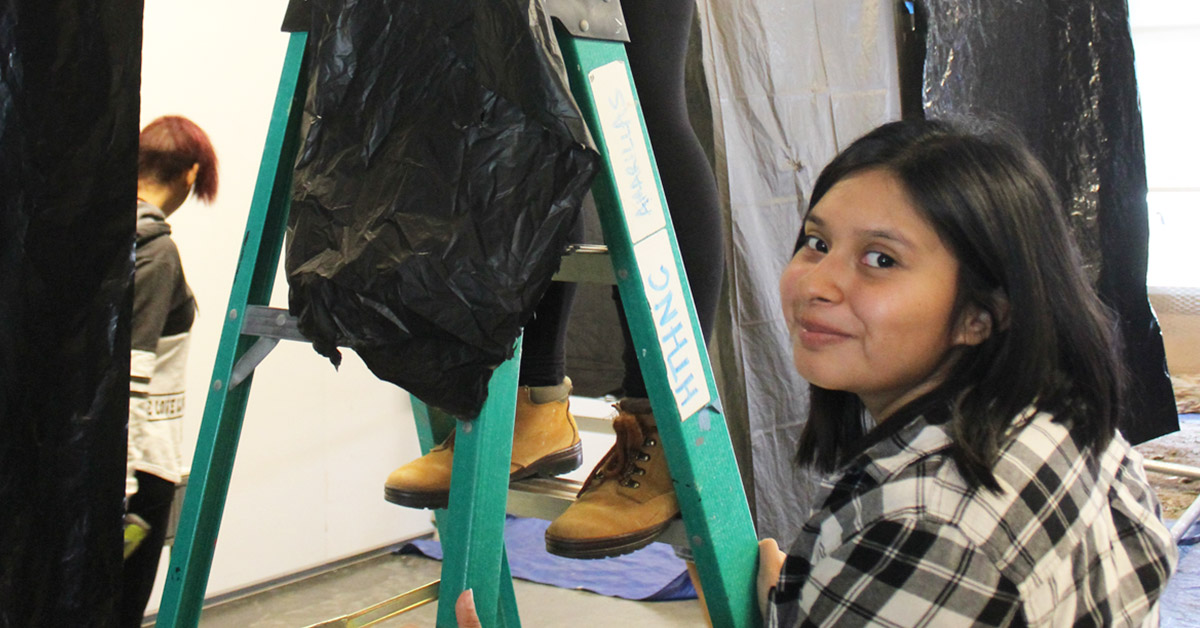
In Free Your Mind: The Ultimate Escape Room, students designed escape rooms that would challenge participants’ implicit bias by incorporating content related to attitudes about age, race, gender, sexuality, and mental health in each escape room puzzle.
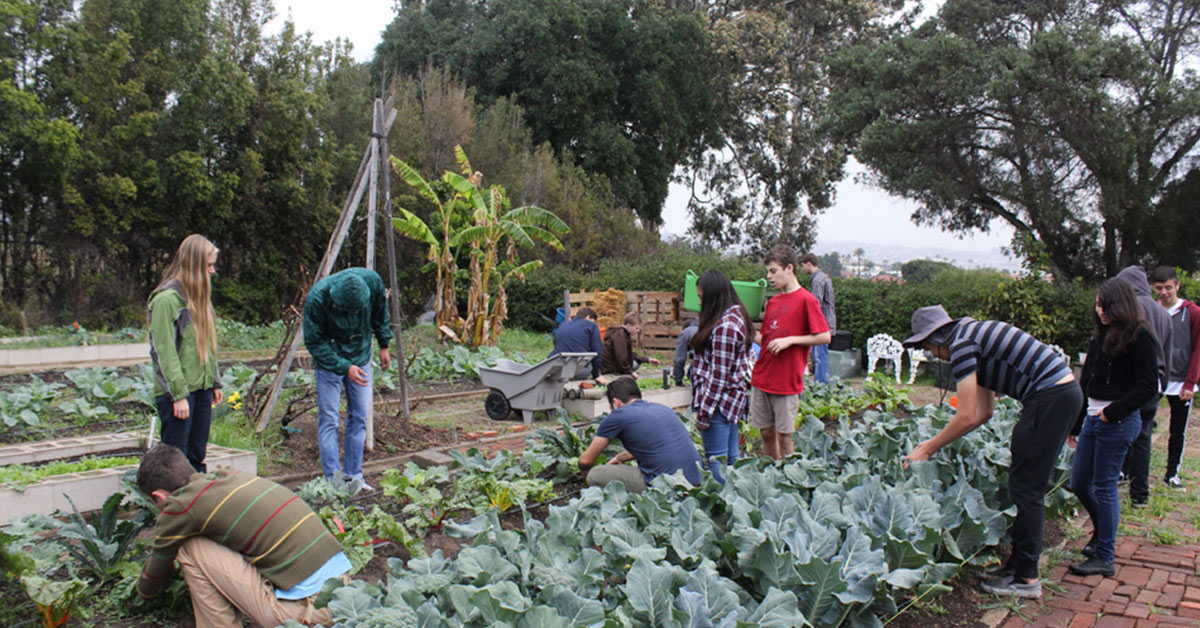
Twelfth grade Environmental Science students discovered that growing food is not as easy as it first may seem.
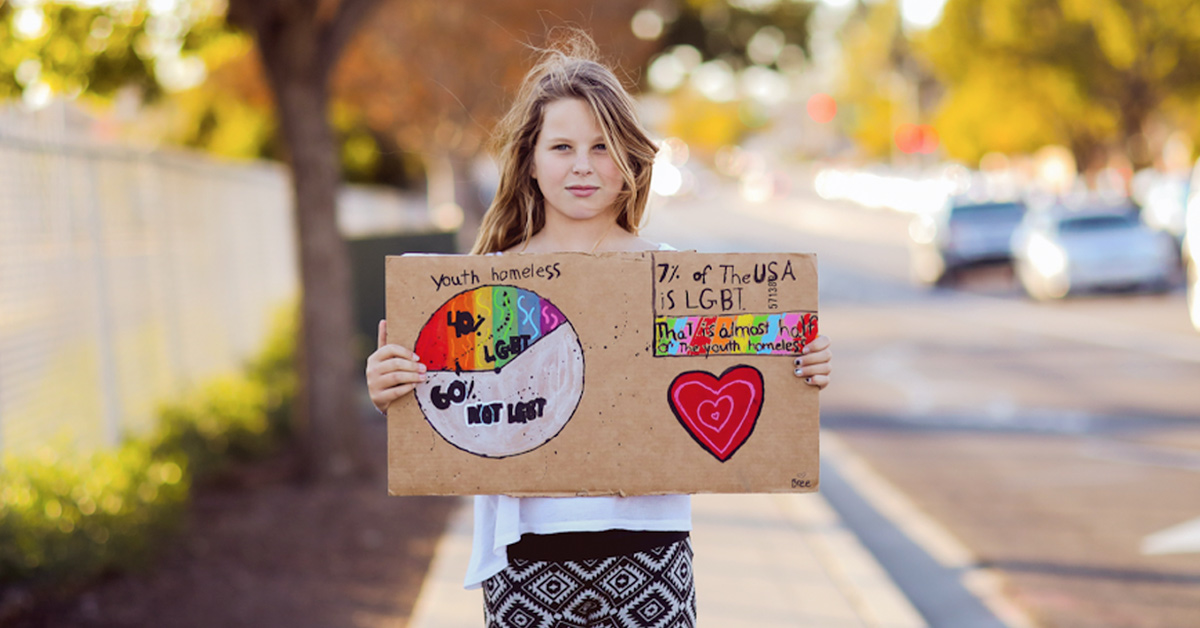
What impact can I have to positively influence my community?
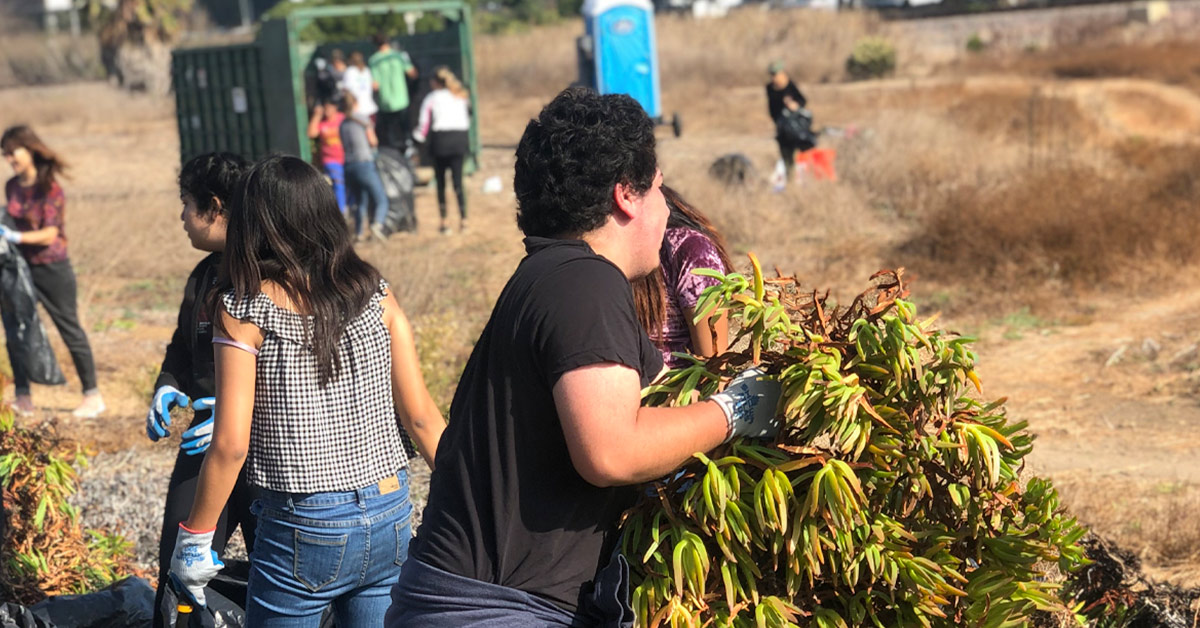
What are Earth’s biggest biological issues and how do they affect our local community?
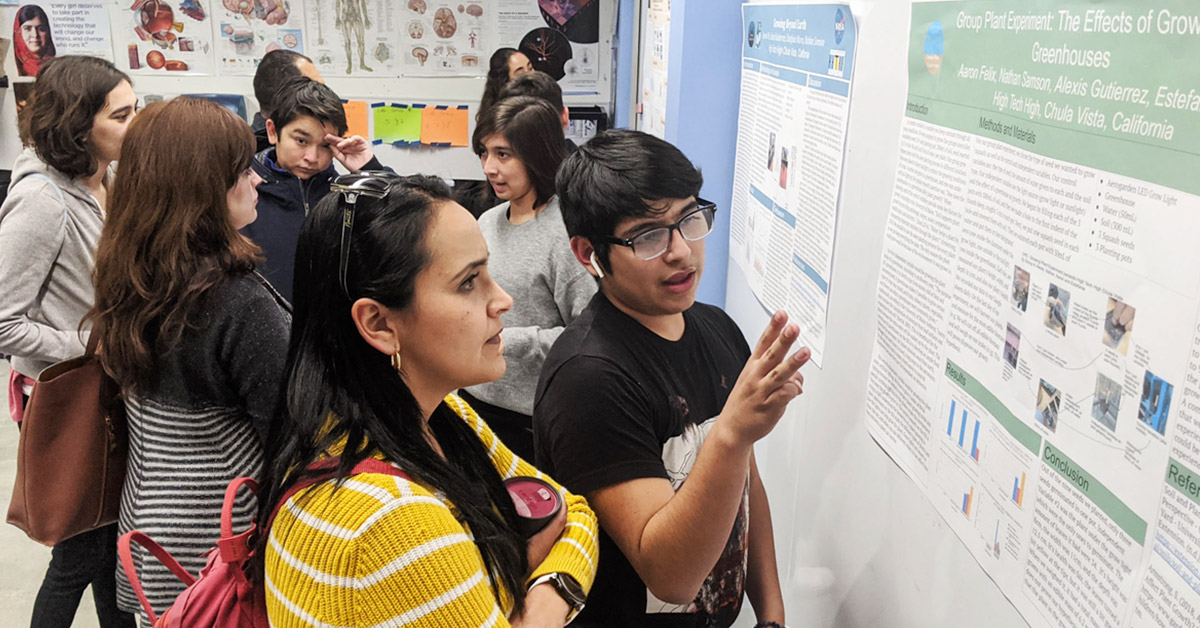
Students learned biology concepts and scientific methods through a real world challenge — growing food with no natural light, no gravity, and hardly any space.
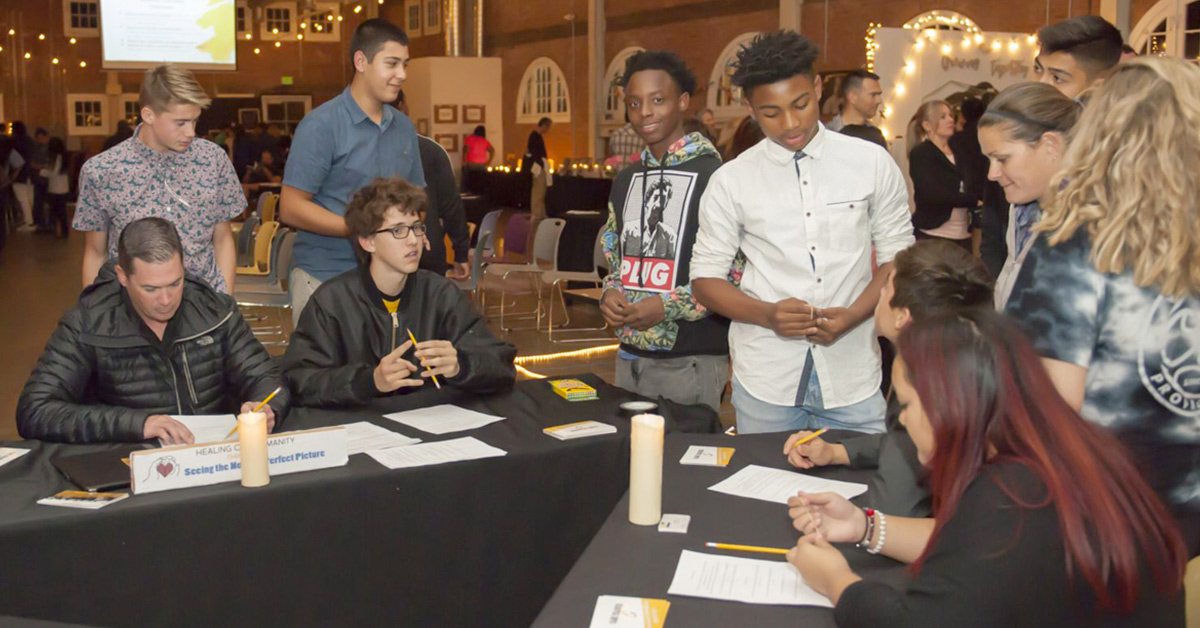
Our nation is in need of healing: healing from our racial division, healing from bigotry and oppression, and healing from fear.
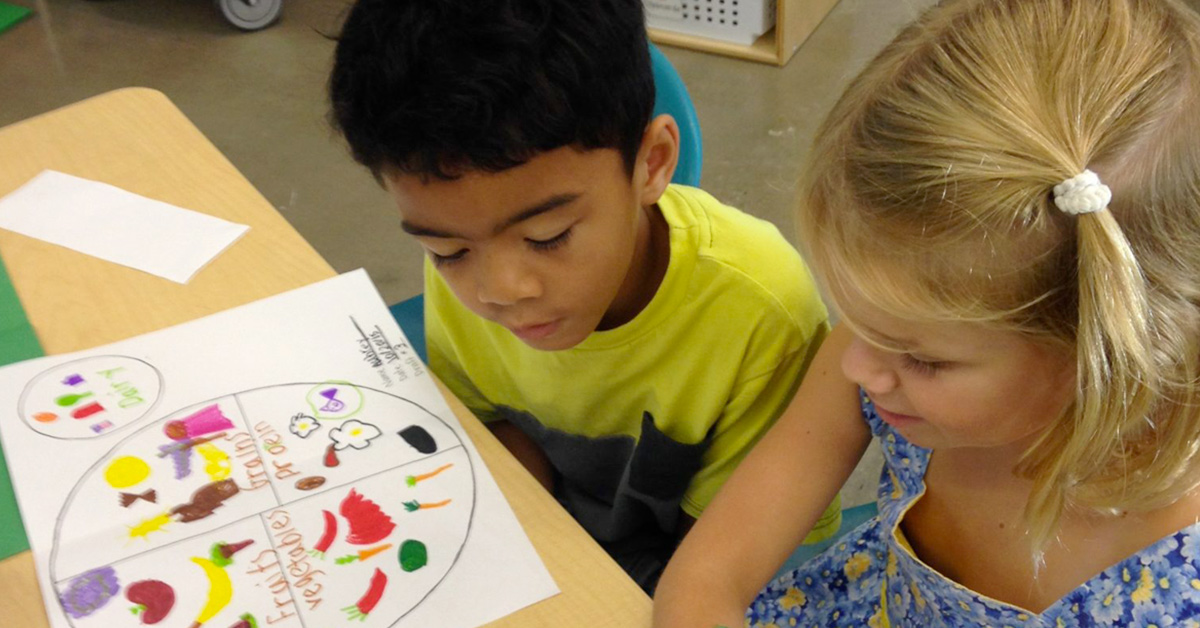
How can we feed our bodies to be healthy? How can we move our bodies to be healthy?
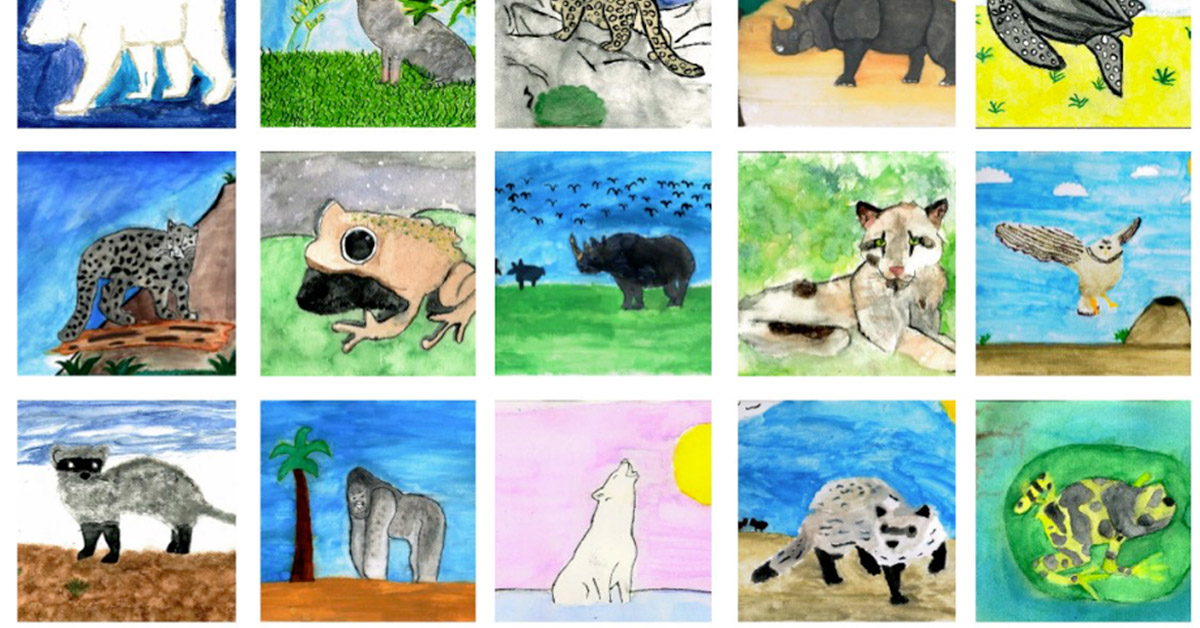
A 6th grade children’s book on climate change and its impact on endangered species.
Browse Projects
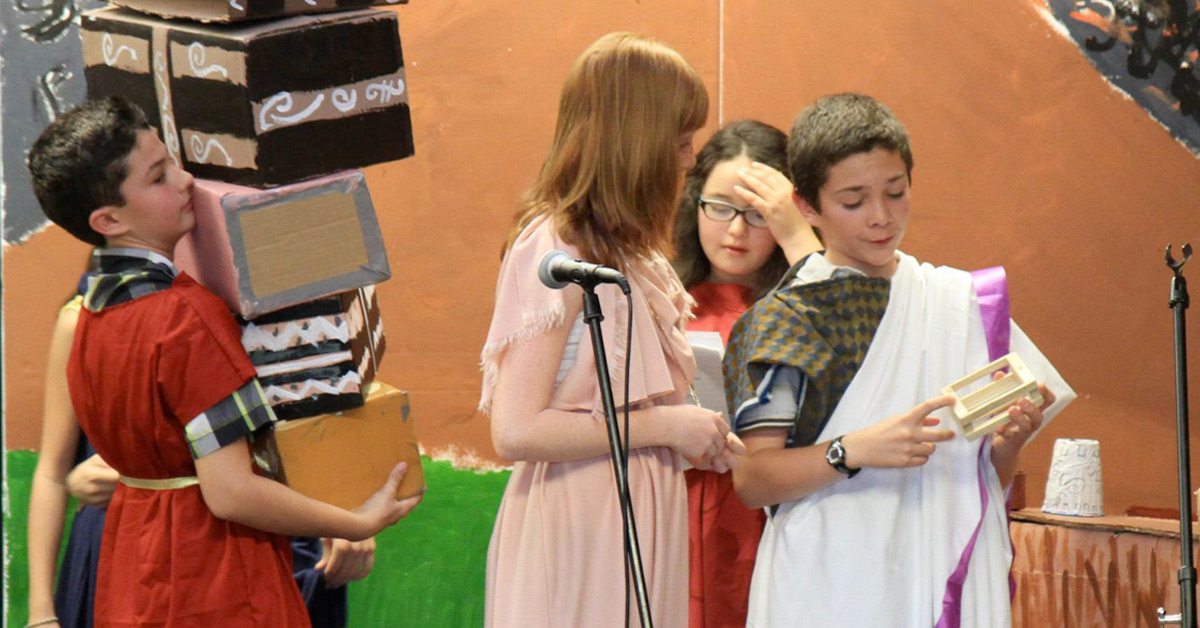
In Pompeii: Scenes of Destruction, students asked “What can you learn about the values of a society from the artifacts they carry with them into exile or as they flee a natural disaster?”
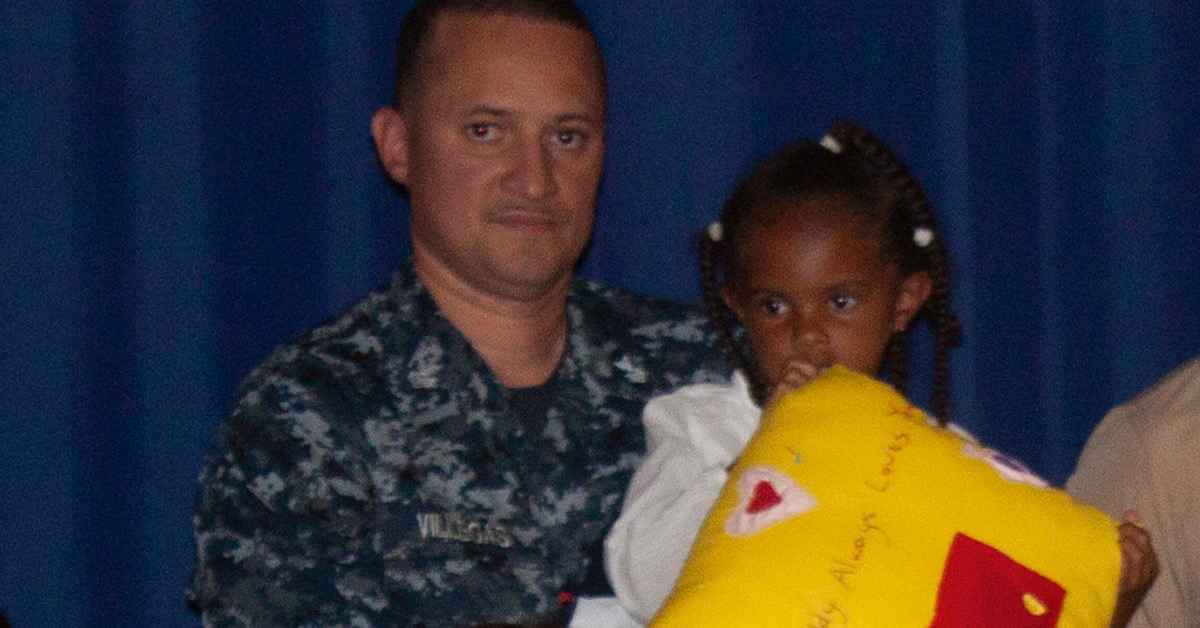
Students interviewed younger children and parents in a school next to military housing in order to create a “story cushion” — a pillow with voice recorded chips so children could listen to their parent’s voice whenever they wanted.
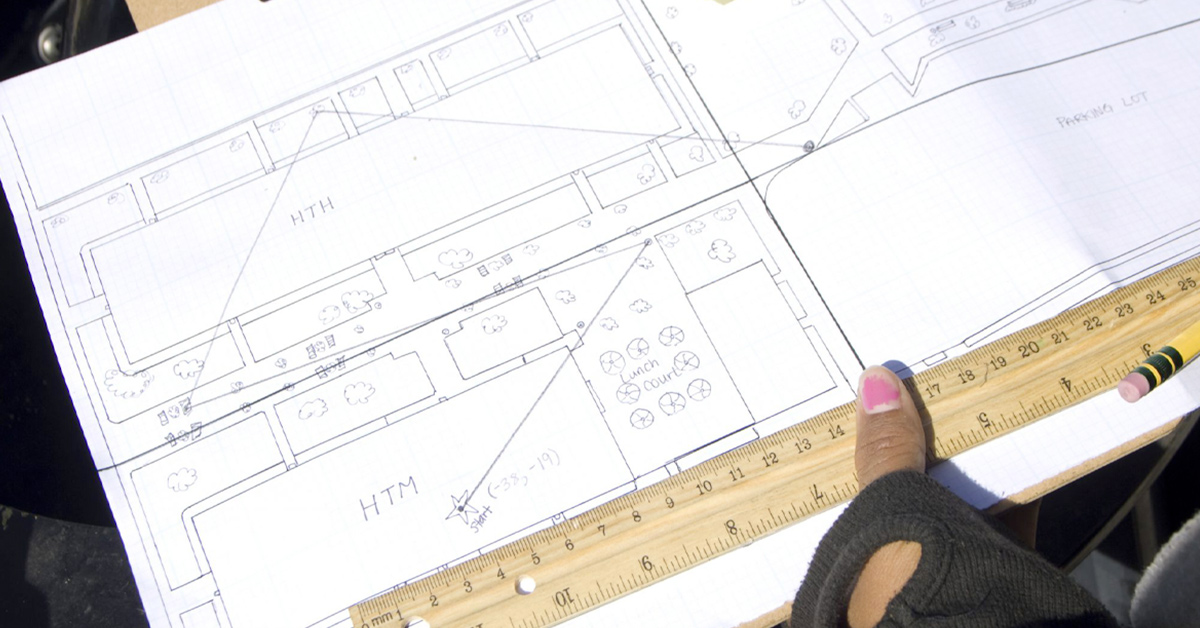
It was not your typical treasure map, but the students were excited nonetheless.
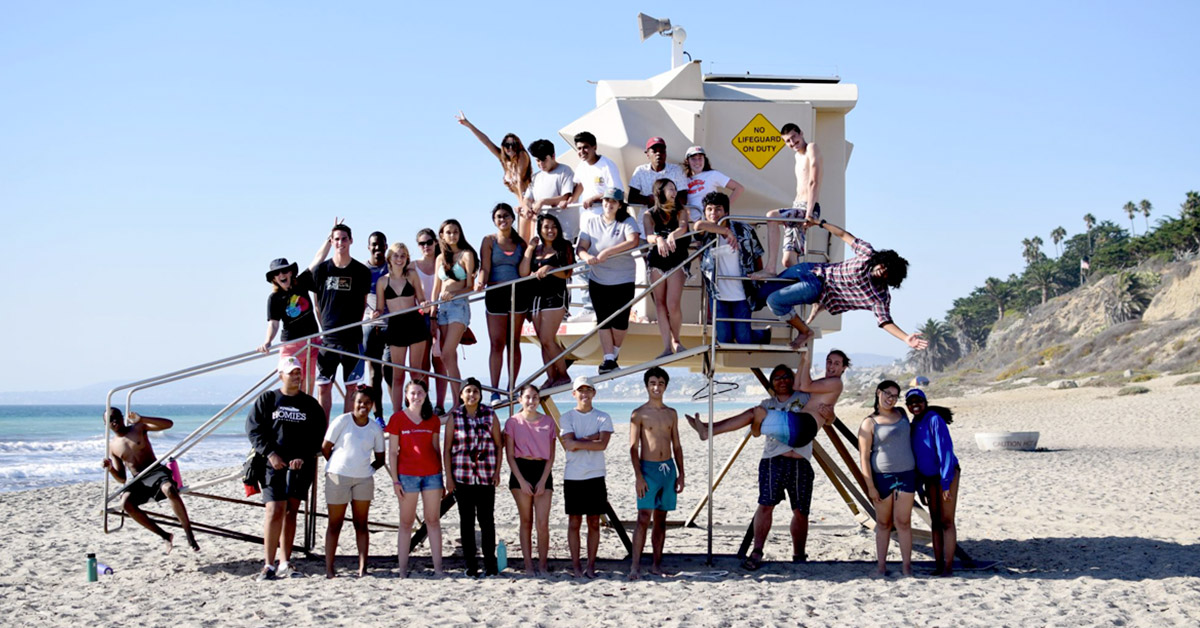
What is impacting the environment in San Diego and why is it occurring?
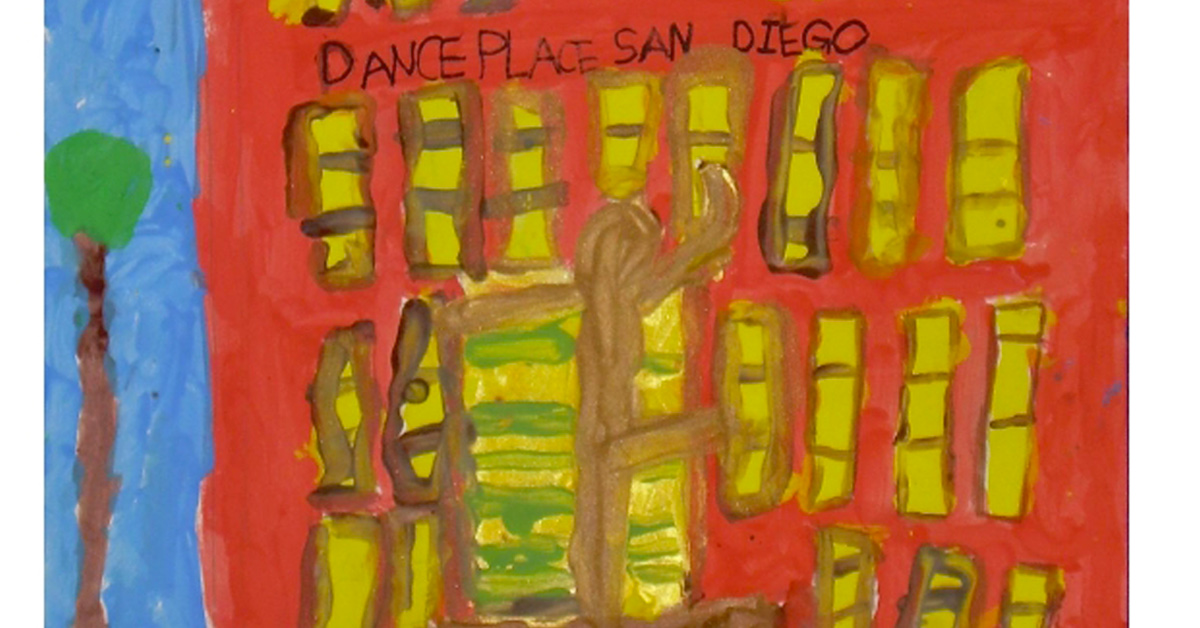
In 1st Grade Community Magazine, questions like “What makes up a community?” and “What is in the immediate community of our school?” are explored.
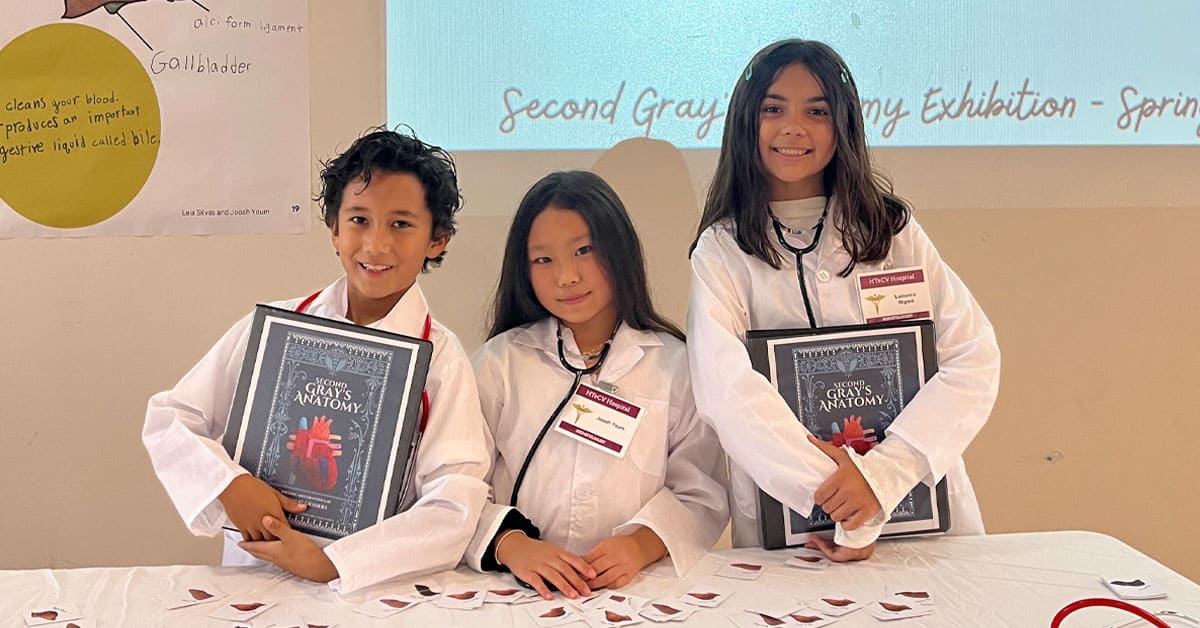
We may look different, but underneath we are all the same. No matter what you look like, humans are a family.
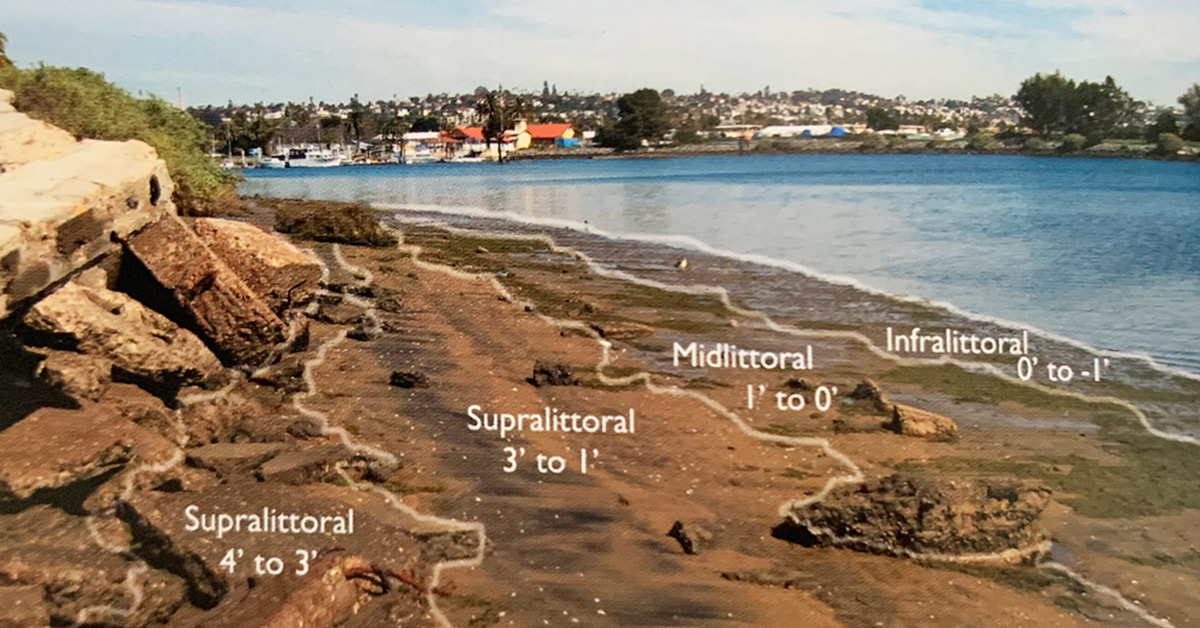
Students wrote pieces of poetry and conducted interviews to be included in different field guides about the San Diego bay.
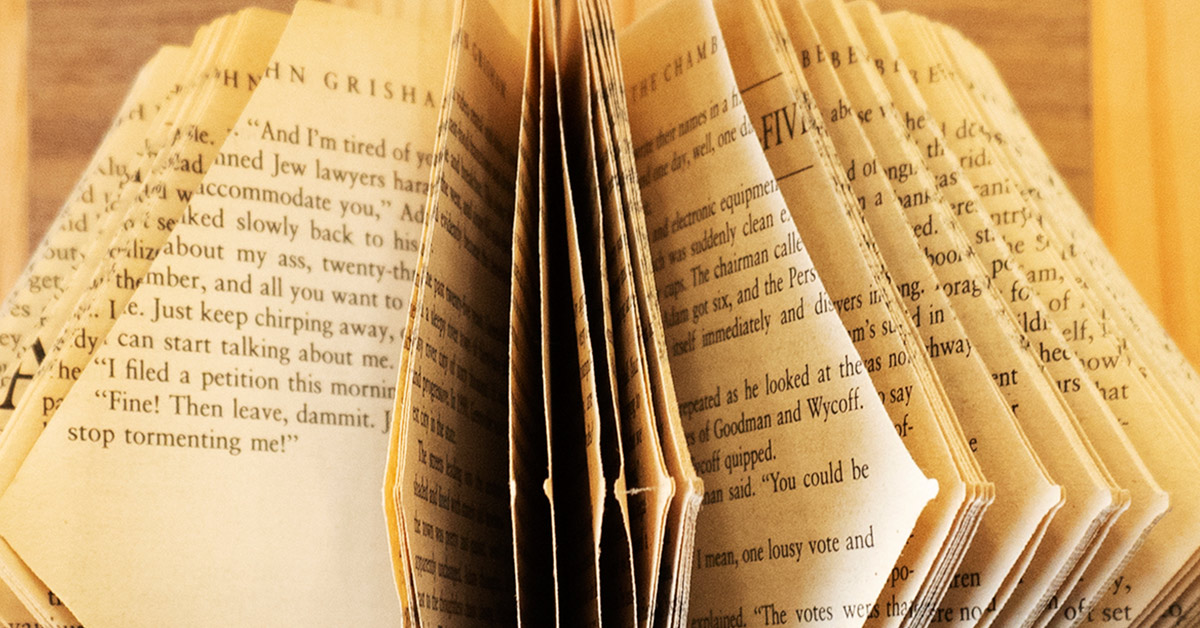
Students learned about rotational volumes by cutting shapes into books and rotating the pages around the axis of the book spine to create a three dimensional shape.

What impact can I have to positively influence my community?